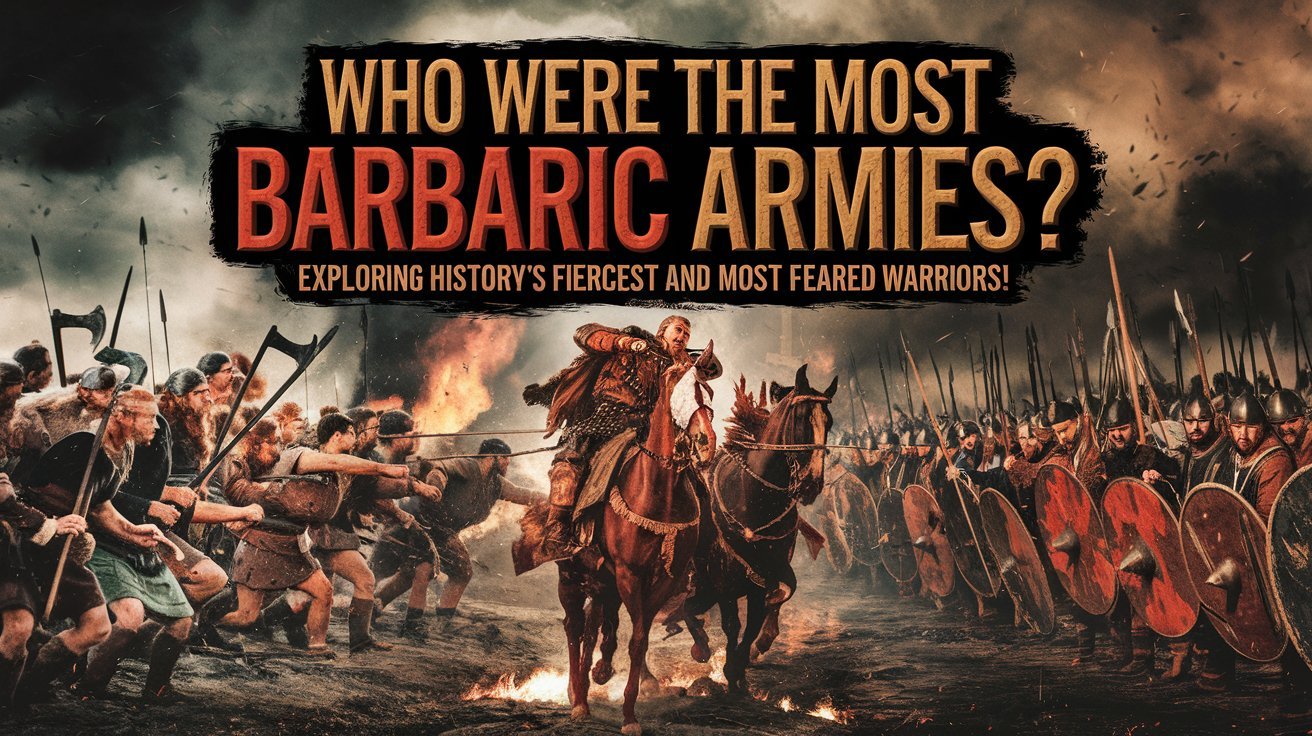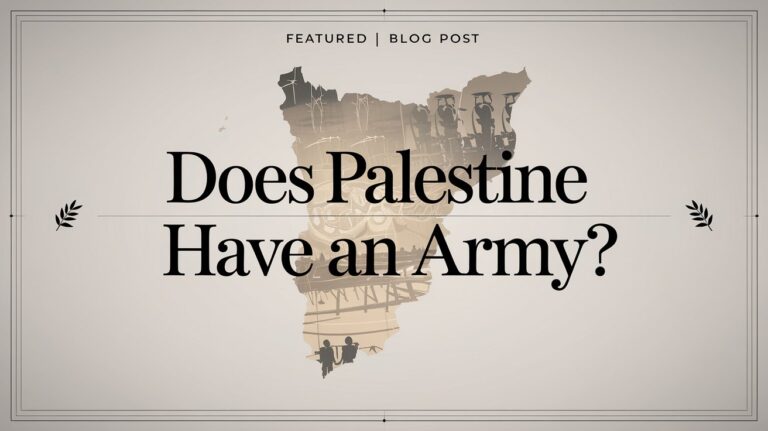Who Were The Most Barbaric Armies? Ruthless Tactics and Conquests

History is filled with armies known for their brutal tactics. The Roman legions and Mongol hordes are examples. These forces have left deep scars on human history.
We will look at the most brutal armies. We’ll see their tactics and the impact they had. This will help us understand their cruelty and conquests.
Ancient Military Forces That Terrorized Civilizations
Throughout history, ancient military forces used brutal tactics to build empires. These violent warlords and bloodthirsty armies spread fear and intimidation. Their actions left a lasting legacy of terror in our history.
Early Empire Building Through Brutality
The rise of ancient powers like the Assyrian Empire, Mongol Empire, and Carthaginian Empire was fueled by their military’s ferocity. These merciless invaders used mass executions, enslavement, and city destruction to control vast lands.
Tactics of Terror in Ancient Warfare
- Siege warfare: Surrounding and starving out enemy populations until they surrendered or were wiped out.
- Scorched earth policies: Burning and pillaging conquered lands to leave nothing for the vanquished.
- Public executions: Displaying the bodies of defeated foes as a brutal warning to potential challengers.
Archaeological Evidence of Military Brutality
The legacy of violent warlords and bloodthirsty armies is seen in ancient ruins. Archaeologists have found mass graves and destroyed cities. These discoveries show the scale of their cruelty.
“The Swiss Guards had nearly four-fifths of their soldiers slain during an attack on Rome in 1527 while defending Pope Clement VII from capture.”
These violent acts helped ancient empires grow. They left a deep mark on human history.
Mongol Empire’s Devastating Military Campaigns
The Mongol Empire, led by Genghis Khan, was known for its brutal tactics. These tactics helped them conquer vast areas in Asia and Eastern Europe. The Mongols’ savage troops and vicious warriors used many strategies to scare the civilizations they met.
The Mongols were very mobile. Each soldier had 3 or 4 horses, allowing them to move fast for days. Their horse armor was made with special designs for protection. The Mongol archers were skilled, carrying many bows and arrows for long shots.
Mongols also used advanced technology, like siege crossbows from the Chinese. They might have even used early gunpowder weapons. They used prisoners as shields or in their armies, and included conquered people in their forces.
The Mongol campaigns were very brutal. The Merv massacre killed 700,000 to 1.3 million people. The siege of Baghdad in 1258 took 800,000 to two million lives. They even ordered the mass rape of 4,000 Oirat girls in 1237 and killed 2,000 slaves during Genghis Khan’s funeral in 1227.
Mongol Empire’s military skills and brutal tactics made it one of the biggest empires in history. It left a big impact on the regions it conquered and the world.
Who Were the Most Barbaric Armies Throughout History
History shows us some military forces that are infamous for their cruel actions. These “barbaric” armies were known for their brutal campaigns and treatment of civilians. They stood out from other armies because of their unique traits.
Characteristics of History’s Most Feared Military Forces
The most feared armies were driven by a desire to conquer and expand. They didn’t care about human rights or the rules of war. They used extreme violence, like mass killings and torture, to scare their enemies and control new lands.
These cruel military forces showed no respect for human life. They used terror and psychological tactics to weaken their foes. Their atrocious military campaigns left deep scars on the people they conquered. These scars shaped the culture and politics of those areas for many years.
Documentation of Military Atrocities
There’s a lot of evidence of the barbaric acts of these armies. We have eyewitness accounts, official records, and archaeological finds. These show the full extent of their cruelty. They destroyed entire civilizations and cultural treasures, leaving a lasting impact on humanity.
Studying these atrocious military campaigns is a reminder of the dangers of unchecked power. It highlights the need to protect human rights and follow international law, even in hard times.
Nazi Germany’s SS and Wehrmacht: A Legacy of Horror
The Nazi forces of Germany left a dark mark on history. The SS and Wehrmacht, infamous for their actions, committed atrocities during World War II.
In 1933, Nazi Germany already held 27,000 people in concentration camps. This number would grow as the Holocaust, aimed at Jews, began.
The SS, led by Heinrich Himmler, grew from 280 men in 1929 to 52,000 by 1933. Himmler’s SS killed over 1.5 million Soviet Jews and others. Auschwitz-Birkenau alone saw the deaths of about one million Jews.
The Wehrmacht, Germany’s regular army, also played a part in the Nazi’s brutality. They killed 66,000 African soldiers in the Battle for France. The true number might be double due to missing records. Wehrmacht officers planned to kill Jews and Gypsies in Serbia, sending photos home despite orders.
The Nazi legacy still troubles us today. The mass killings, cruel treatment of civilians, and military involvement in such acts remind us of humanity’s darkest side.
The Tatmadaw: Myanmar’s Brutal Military Force
Myanmar’s military, known as the Tatmadaw, has a long history of violence and oppression. Since 1948, it has fought ethnic minorities and silenced political opposition. The 2021 coup led to brutal attacks on civilians, including children.
Evolution of Military Control in Myanmar
The Tatmadaw has ruled Myanmar for decades. It controls politics and the economy. The military profits from resources like jade and oil.
Systematic Oppression and Violence
The Tatmadaw’s actions have devastated Myanmar. Over 8,000 people, including journalists, have been arrested since the coup. More than 1,500 civilians have been killed, and the economy has shrunk by nearly 20 percent.
Despite global criticism, the Tatmadaw acts with impunity. Soldiers back the coup leader, General Min Aung Hlaing. The military’s actions have made it one of the most feared forces worldwide.
“The constant warring against armed ethnic organizations has been profitable for the military, with carefully managed ceasefire agreements allowing control of key resources like jade, rubies, oil, and gas.”
Historical Impact of Ruthless Military Conquests
Throughout history, savage troops and brutal conquistadors have left a lasting impact. Their campaigns have destroyed civilizations, moved populations, and left deep scars. These actions still affect our world today, changing its people, culture, and politics.
Attila the Hun, who ruled from A.D. 434-453, is a prime example. His military actions killed about 17 million people, or 5% of the population. His troops ravaged Germany, the Balkans, and Russia, leaving death and destruction in their wake.
Ivan the Terrible, Tsar of Russia from 1533 to 1584, also left a dark legacy. His bodyguards, the “Oprichniki,” committed many atrocities. They were known for their brutal actions, which still haunt Russia today.
“The consequences of such ruthless conquests continue to reverberate through the ages, shaping the demographic, cultural, and political landscapes of our world.”
These examples show the wide impact of ruthless military actions. From the Romans’ violence to the oppression by conquistadors, the damage is still felt. Scholars studying “War and Society” remind us of the harm such actions cause to humanity.
Psychological Warfare and Terror Tactics
History shows that some warriors and military campaigns used psychological warfare and terror. They aimed to demoralize enemies and control people. These methods included public executions, torture, and destroying cultural sites, affecting civilians deeply.
Methods of Intimidation in Combat
Psychological tactics have long been used in war to weaken opponents. Ancient times saw the use of war elephants, and World War II had ghost armies with fake tanks. These tactics were designed to frighten enemies.
- The Mongols gave cities a choice: surrender and pay tribute or face total destruction.
- Vlad the Impaler used bodies impaled to scare off enemies during his rule.
- The Assyrians used gruesome methods like flaying and impalement to warn others.
Impact on Civilian Populations
The effects of these atrocious military campaigns on civilians were severe. They caused long-term trauma and disrupted societies. Terror tactics not only scared enemies but also made civilians feel helpless and scared.
“The Assyrians used brutal tactics like impalement and crucifixion to scare enemies and stop invaders. This created a climate of fear to boost their power.”
The impact of these vicious warriors and their methods still affects communities today. It shows how psychological warfare can deeply harm civilians.
Military Organizations Known for Extreme Brutality
History is filled with military groups known for their cruel ways. These forces used violence and terror to get what they wanted. Their actions left deep scars and horror.
The Assyrian army is a prime example from ancient times. They were known for brutal methods like impaling people alive and flaying enemies. They even cut off limbs to scare and control others.
The Spanish Conquistadors are another example of extreme cruelty. They ravaged indigenous American populations in the 16th and 17th centuries. Their conquests were marked by mass killings and the exploitation of native people.
The Khmer Rouge in Cambodia is a more recent example. Their reign of terror killed an estimated 1.5 to 3 million people. It’s one of the most brutal regimes of the 20th century.
| Military Organization | Period of Infamy | Notable Acts of Brutality |
|---|---|---|
| Assyrian Army | Ancient Times | Impaling captives, flaying enemies alive, cutting off limbs |
| Spanish Conquistadors | 16th-17th Centuries | Suppression of local cultures, mass killings, exploitation of native populations |
| Khmer Rouge | 20th Century | Reign of terror, estimated 1.5-3 million Cambodian deaths |
These groups are just a few examples of military brutality in history. Their actions remind us of the horrors of war. They highlight the need for peace and human rights.
Cultural and Social Effects of Barbaric Military Rules
The actions of merciless invaders and violent warlords have deeply affected cultures and societies. These actions have lasting effects, causing trauma and disruption that can last for generations. Communities struggle to recover from such extreme violence.
Long-term Consequences on Societies
Barbaric military forces have changed languages, religious practices, and social norms. They often erase a culture’s heritage, replacing it with their own customs. This can lead to ongoing violence and political instability as communities try to rebuild.
Generational Trauma from Military Violence
The effects of military brutality can last for generations. Survivors and their families may face ongoing psychological and emotional challenges. This trauma makes it hard for a society to heal and trust again.
| Impact of Barbaric Military Rule | Examples |
|---|---|
| Cultural Disruption | Suppression of native languages and traditions Forced assimilation of conquered peoples Destruction of cultural heritage and sacred sites |
| Social Consequences | Breakdown of social structures and institutions Rise in political instability and cycles of violence Generational trauma and fear of authority |
“The most barbaric armies in history have left an indelible mark on the societies they have conquered, often causing lasting cultural and social upheaval that can span generations.”
Modern Examples of Military Brutality
Military brutality is a big worry today. Reports from northern Ukraine, like Bucha, show the horrors of war. These acts are seen as war crimes against innocent people, showing war is not always civilized.
The Imperial Japanese Army in World War II is a scary example. Their strict rules led to violence against civilians. The German Imperial Army also showed how strict rules can lead to harsh actions in occupied areas.
Armies that commit atrocities often have soldiers who follow orders without question. This leads to terrible violence. Without checks, like civilian oversight, these armies can become very brutal.
The Russian military has problems with hazing and “kill lists” for Ukrainians. This shows a pattern of violence. Using executions to keep soldiers in line is a disturbing trend in modern war, harming civilians.
“The historical comparison provided in the text refers to 18th-century commanders, such as George Washington, utilizing threats of violence and actual executions to steady their men during times of difficulties or failures in combat situations.”
Today, these actions seem brutal and foreign. But knowing their history helps us understand today’s military brutality. We must learn from history to stop this cycle of violence.
Historical Documentation of Military Atrocities
Documenting military atrocities by brutal conquistadors and vicious warriors is key to understanding them. Historical records, like eyewitness accounts and official documents, give us valuable insights. They help us grasp the scale and nature of these crimes.
Records from the Nazi War Crimes Disclosure Act of 1998 have revealed much. They show the wartime actions and crimes of forces like the German and Japanese armies. Over 5 million pages of documents are now available at the National Archives, helping researchers and the public understand these horrors.
Records from conflicts like the Second Boer War and the Philippine–American War are also important. They show the impact of military brutality on civilians. By studying these records, we can learn from the past and work to prevent such tragedies in the future.






